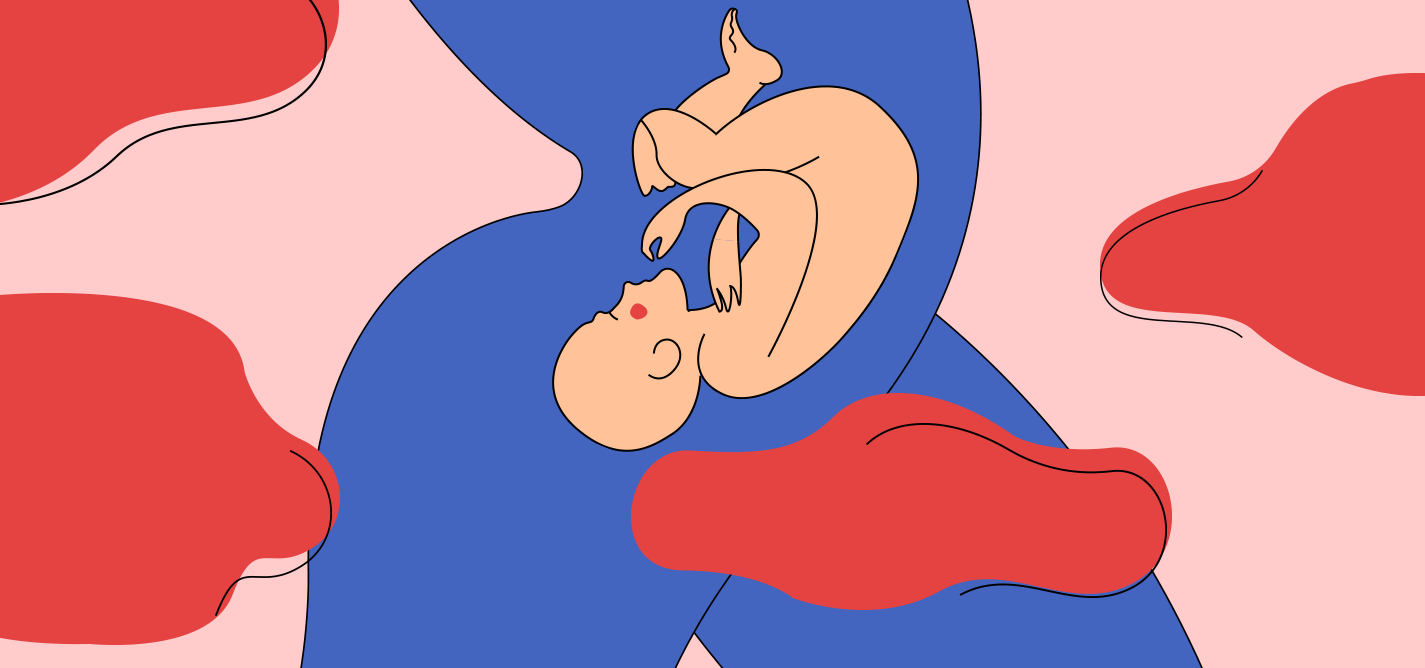
My Path to Natural Childbirth
A profound, empowering and spiritual event.
|30.11.2019
|
Given my normal pregnancy and overall good health I decided on a natural birth plan, free of medication and with the least amount of interventions.
I started off with the question that concerned me the most: Was she an advocate of natural birth?
This is what birth is! This is what you wanted.
I was both, the child who wished to crawl into my mother’s lap and the woman in labor.
I pushed my feet against his hands, he held his breath and used all of his strength to resist me, he later confessed.

Jonada Jashari
Jonada Jashari is a multiple award-winning director of short films. She received a Master of Fine Arts from Chapman University in the United States and currently works as a writer and director for commercial video productions at Karrota.
This story was originally written in English.